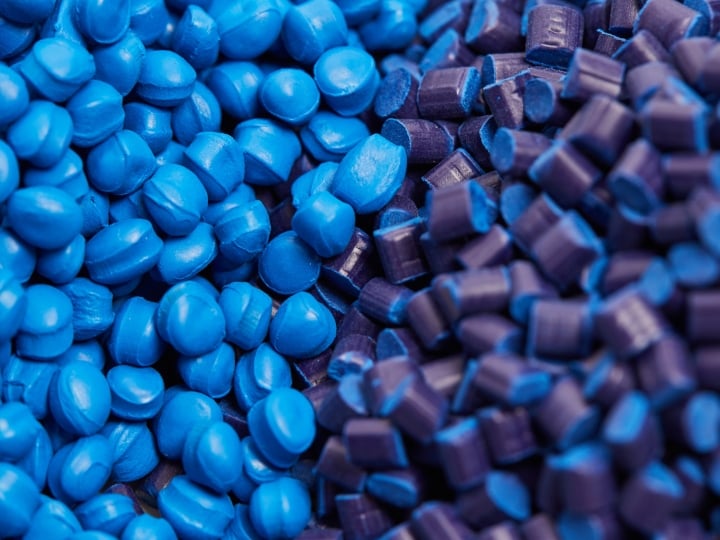Ash content analysis of plastics ASTM D2584, ASTM D5630, ISO 3451
Scope:
An Ash test is used to determine if a material is filled. The test will identify the total filler content. It cannot identify individual percentages in multi-filled materials without additional test procedures being performed. An ash test cannot be used to determine the percent carbon fiber or percent carbon black since carbon burns off during the Ash test.
Procedure:
An Ash test involves taking a known amount of sample, placing the weighed sample into a dried / pre-weighed porcelain crucible, burning away the polymer in an air atmosphere at temperatures above 500°C, and weighing the crucible after it is has been cooled to room temperature in a desiccator. Ash residue remaining in the crucible is considered filler unless the residue is less than 1%. Residues of less than 1% are typically the result of additives that did not burn off.
Data:
The Ash test result is expressed as % ash. A magnified optical examination of the ash residue is performed to determine if the ash is glass, mineral, or a combination of both. The total ash content equals the weight of the ash divided by the weight of the original sample multiplied by 100%.
Specimen size:
Six grams of sample is typically used, which represents three crucibles each containing two grams of sample. Smaller sample weights can be tested but accuracy diminishes with smaller sample sizes.
Typically the average of 3 crucibles is reported.
Further Analysis:
Identification of Filler
If the supplied material has mineral filler an FTIR analysis of the ash residue can help to further identify the type of mineral.
Smaller sample sizes:
TGA (Thermogravimetric Analysis) is an alternative method to determine filler content with smaller samples sizes.
**Please note that this test description is intentionally generic in nature and aimed at providing a descriptive summary to enhance test understanding. Standards can be obtained from appropriate standard authorities.
Polymers News and Events
Meet our team at K2025 Reach out now
LEARN how CircularAssure helps you to close the loop in the circular economy for plastics
TECHNICAL TALK: Circularity - Addressing Challenges in Material Development through Evaluation Programs
WHITE PAPER: Quality Assurance Strategies for Recycled Plastics
WHITE PAPER: Materials Characterisation for the Automotive Supply Chain
BROCHURE: Injection Moulding Test Specimen Production Catalogue
ARTICLE: Processability and evaluation programmes for recycled plastic materials
ARTICLE: Adhesives Quality Assurance Testing Programs
CASE STUDY: Polymer Surface Contamination Resolution
CASE STUDY: Elastomer Seal Material Failure
CASE STUDY: Polymer Failure - Distribution and Dispersion of Fillers


